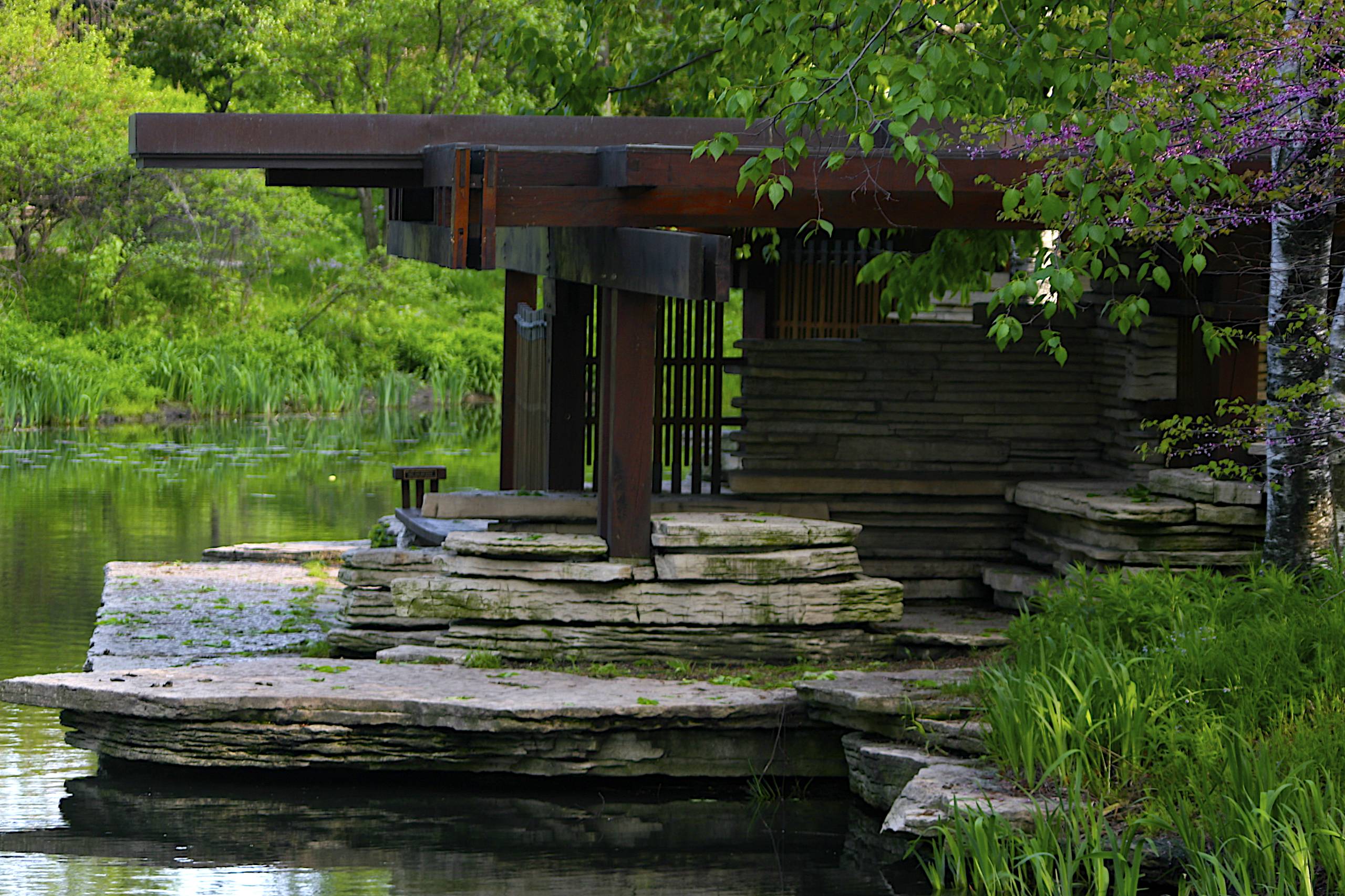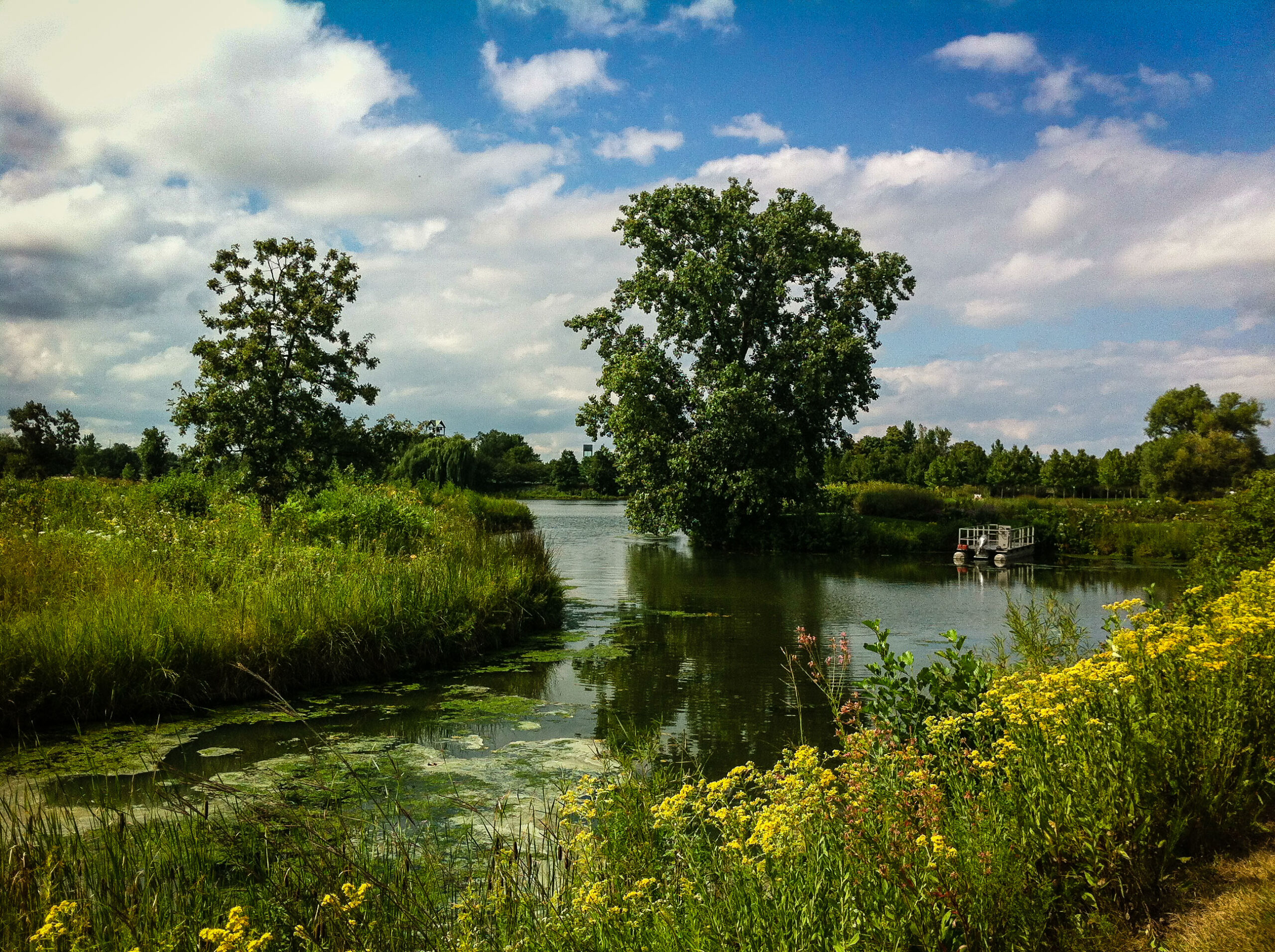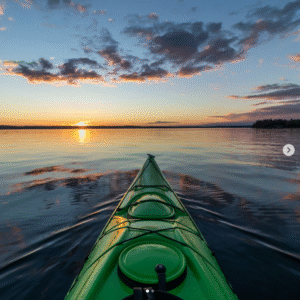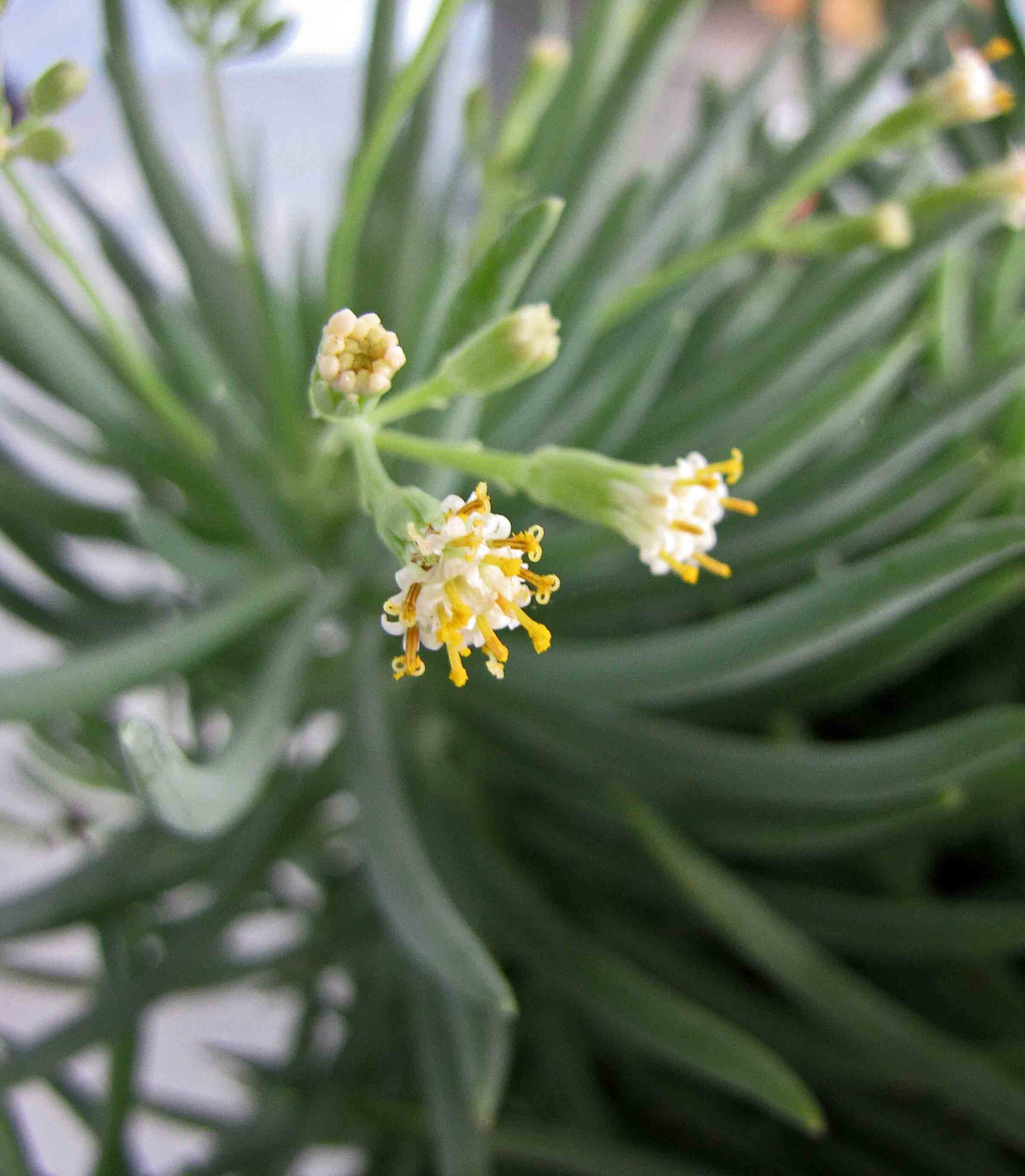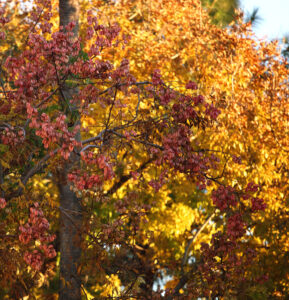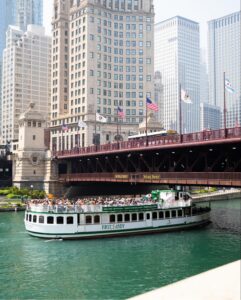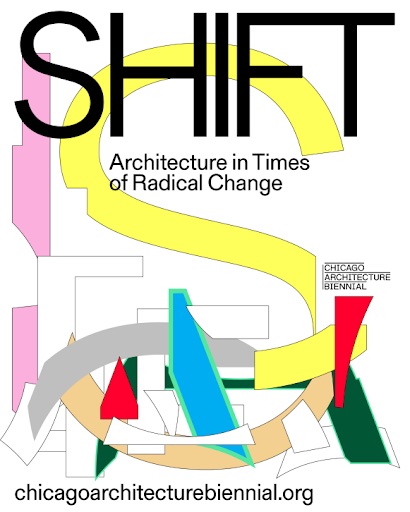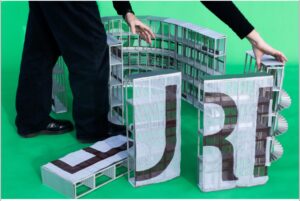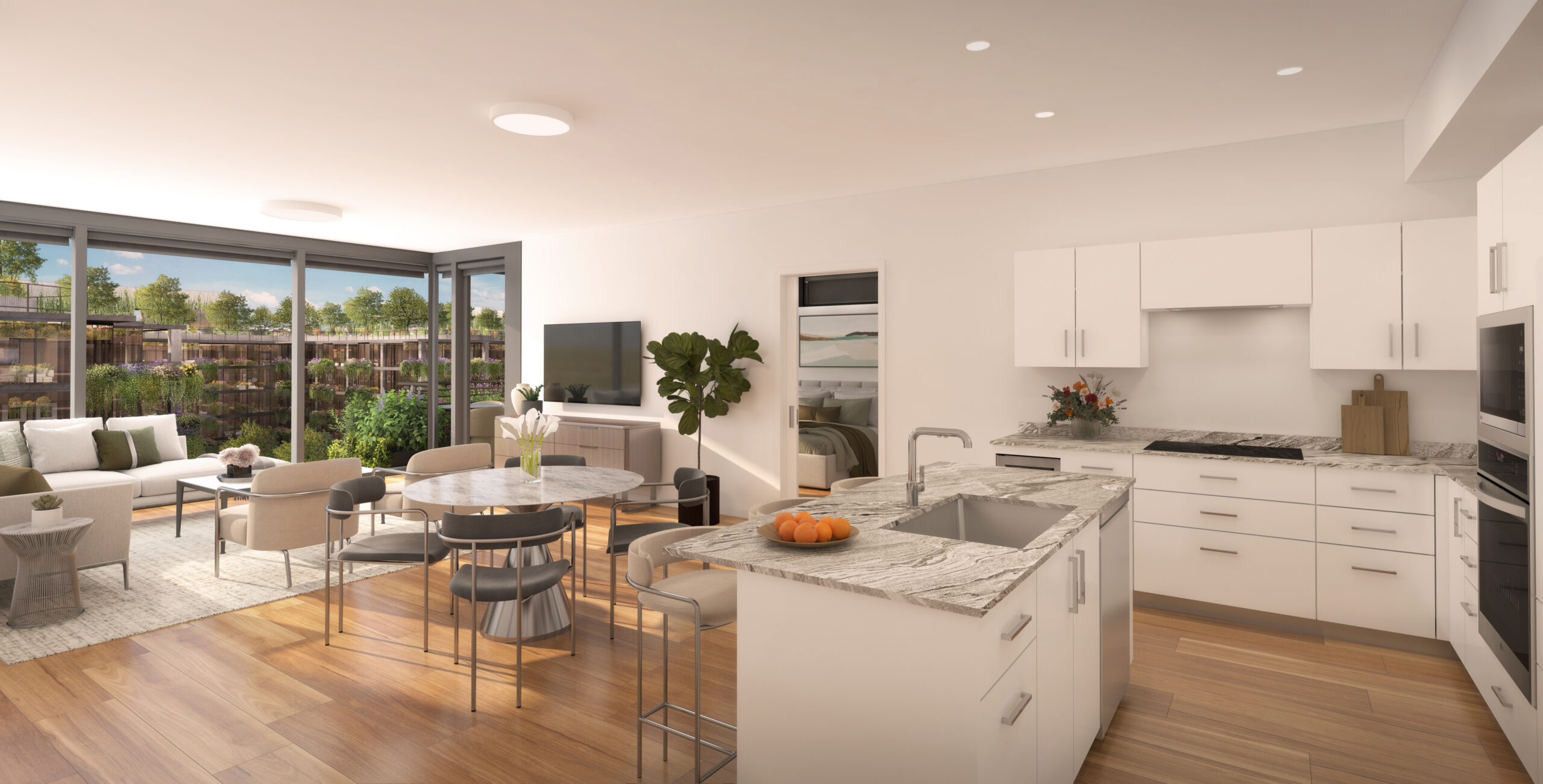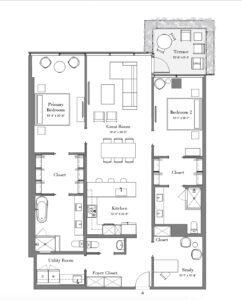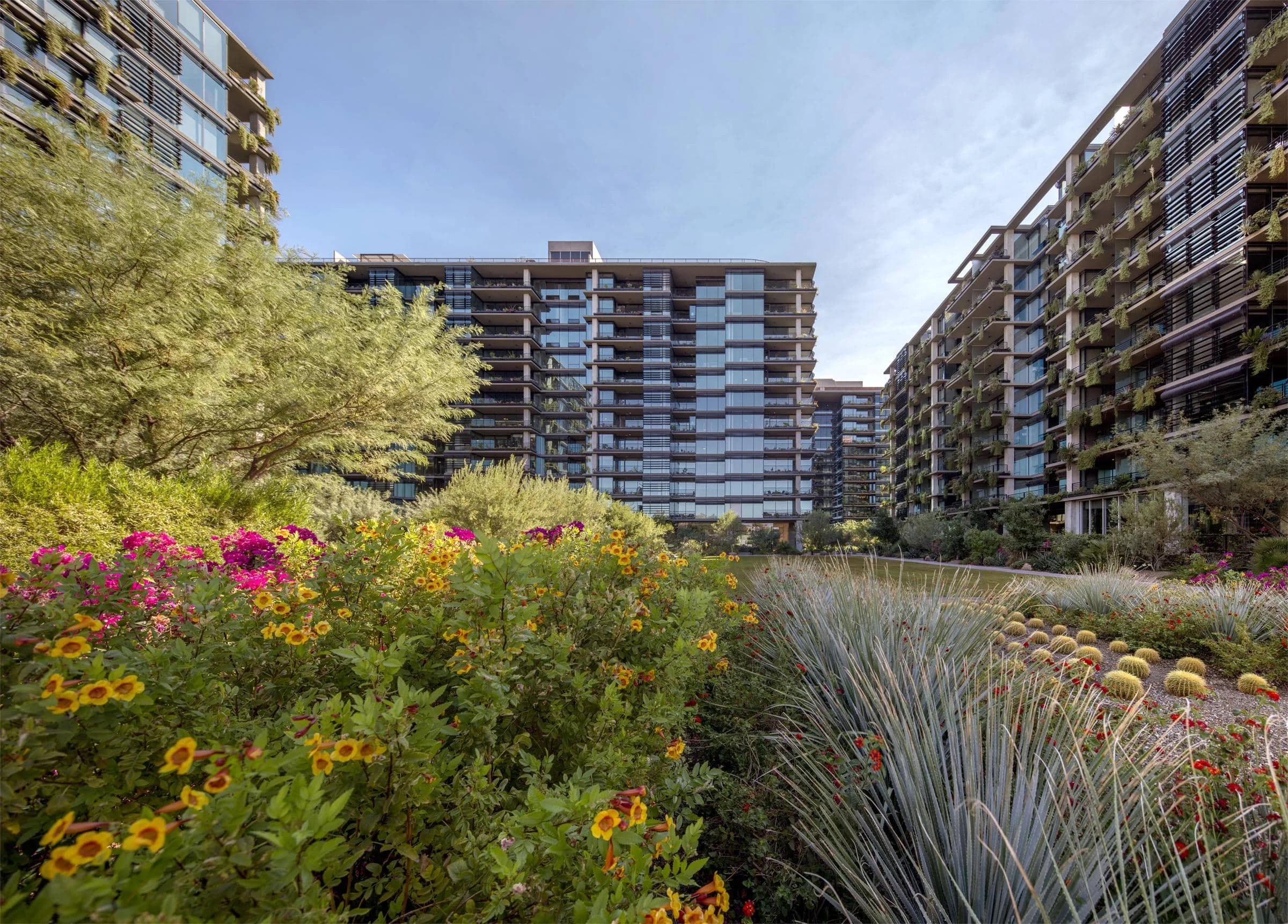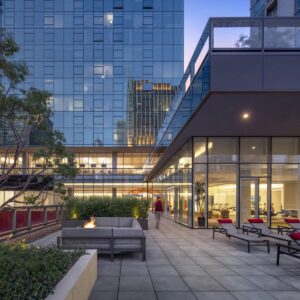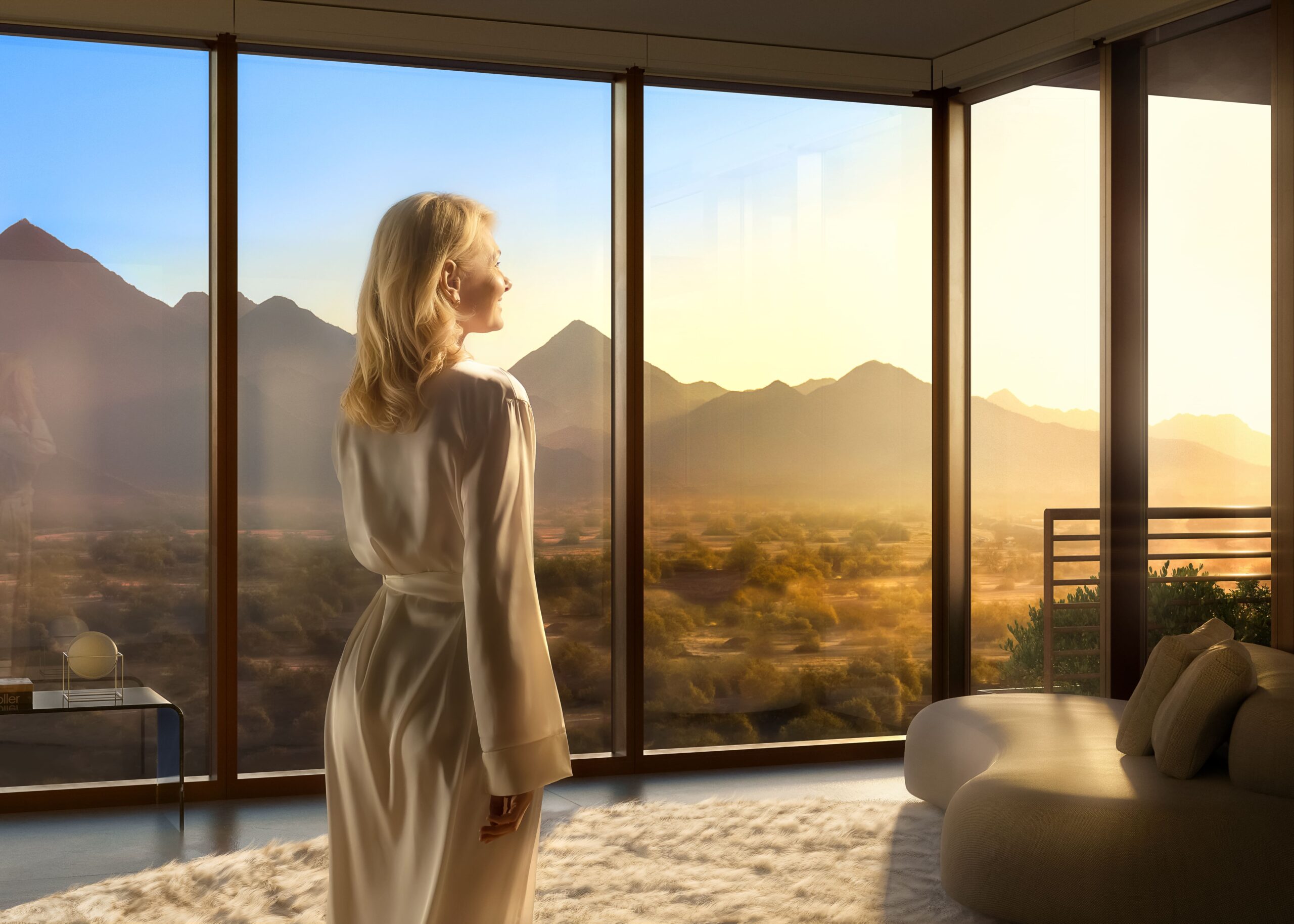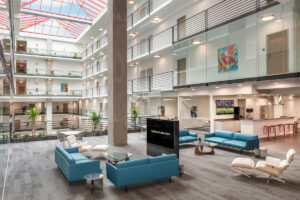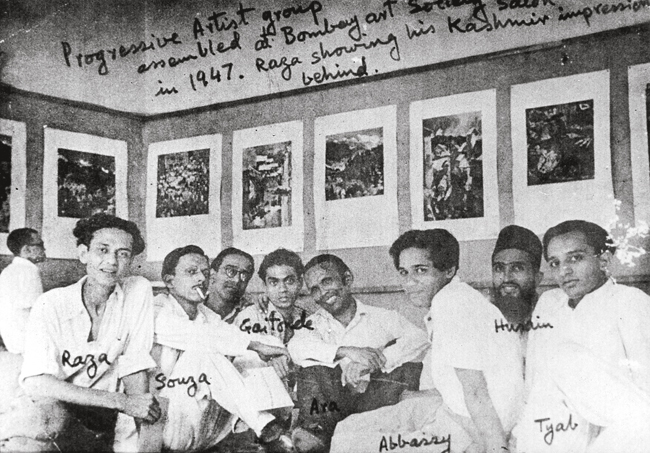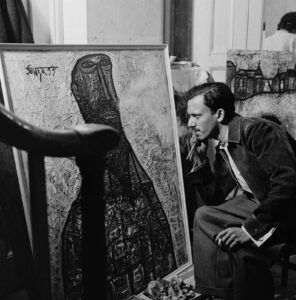For residents of Optima® communities in Chicago, the city offers countless opportunities to immerse in architecture, design, and cultural life. But sometimes the most rewarding experiences come not from towering skylines or bustling streets, but from stepping into spaces that embrace tranquility and the natural world. The Alfred Caldwell Lily Pool in Lincoln Park is one such treasure—a Prairie-style oasis that feels worlds away from the city, yet lies just a short trip from Optima Lakeview® and Optima Signature®.
A Prairie Vision in the Heart of Chicago
Designed in the 1930s by Alfred Caldwell, a landscape architect deeply influenced by Frank Lloyd Wright and the Prairie School, the Lily Pool is a masterwork of naturalistic design. Caldwell’s goal was to capture the spirit of the Midwestern prairie, weaving together native plants, winding stone paths, a serene lagoon, and intimate pavilions into a seamless whole.
For Optima® residents who value architectural beauty, the Lily Pool resonates on multiple levels—it is at once a work of design genius, a feat of ecological restoration, and a peaceful retreat that aligns with the same principles of harmony between people and place that inspire our own communities.
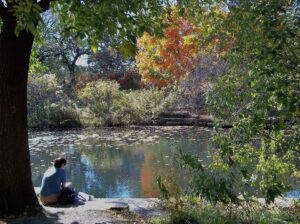
From Decline to Restoration
Like many historic landscapes, the Lily Pool endured decades of neglect before being meticulously restored in 2002 by the Chicago Park District and the Lincoln Park Conservancy. Today, it is listed as a National Historic Landmark and thrives as both an ecological haven and a cultural gem. Its revival mirrors a philosophy we share at Optima®: that thoughtful design and stewardship can breathe new life into spaces, transforming them into enduring sources of inspiration and connection.
An Immersive Experience for Every Season
Visiting the Lily Pool is an experience that changes with the seasons—an idea Optima® residents will appreciate, as our own buildings are designed to celebrate natural light and seasonal rhythms.
- In spring, wildflowers bloom along the winding paths.
- Summer brings a spectacle of lilies floating across the lagoon.
- Autumn sets the surrounding trees ablaze with color.
- Even in winter, the stark beauty of stone and still water offers a contemplative retreat.
For visitors, the Lily Pool is a perfect destination for a morning meditation, an afternoon sketching session, or a weekend walk with family and friends. It is also a birdwatcher’s paradise, with more than 200 species spotted throughout the year—a reminder of the rich biodiversity that exists right in the heart of the city.
Community, Culture, and Reflection
Beyond its natural beauty, the Lily Pool provides opportunities to connect with Chicago’s broader cultural community. The Lincoln Park Conservancy offers guided tours that enrich an afternoon visit with history and insight, while volunteer programs invite city-dwellers to play an active role in its stewardship.
For Optima® residents, engaging with places like the Lily Pool extends the experience of living in our communities—spaces where design fosters connection, health, and well-being. Just as our buildings integrate lush green courtyards, rooftop gardens, and tranquil common areas, the Lily Pool provides another venue for reflection, inspiration, and community.
An Enduring Legacy
Alfred Caldwell once envisioned his Lily Pool as a “spiritual place,” and nearly a century later, it still fulfills that purpose. And with the Lily Pool’s reopening, it offers a beautiful escape and a powerful reminder that great design—whether in a home, a building, or a public garden—has the ability to transform the way we live.
Click here for more information about hours, access, and events.
